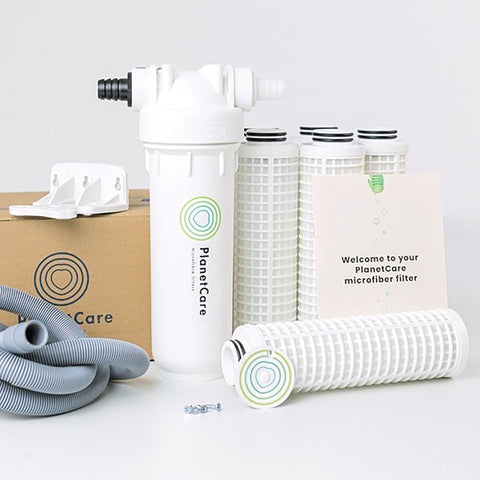What is wrong with damp in the home?
Structurally, moisture can be very detrimental to the fabric of the building. It can cause the timber elements to rot – timber is usually everywhere, in the roof, walls, floors, window frames. It can cause paint or wallpaper to peel off and not only does this look unsightly but it permits the water to seep in further, eventually leading to the decay of the building.
Damp can also be extremely detrimental to your health. It creates an environment in which mould and fungi thrive resulting in spores that can cause respiratory infection. This is a particular risk for those suffering from asthma, allergies, or hypersensitivity to allergens.
Most of us are immune to the fungus that grows in humid indoor conditions, or have a healthy immune system that fights off infection. But those who are susceptible to respiratory infections are at risk in damp homes. Aspergillosis is an umbrella term for a group of conditions caused by a fungal mould called aspergillus which typically affects the windpipe, sinuses and lungs but can spread to other tissues in the body. These conditions typically cause asthma-like symptoms such as wheezing, shortness of breath, cough and fever but can also mimic sinusitis and lung infections. More severe symptoms include weight loss, chest pain and coughing up blood. The condition is not contagious and healthy individuals can usually fight off the infection before it spreads to the lungs. Once it reaches the lungs, the condition is typically treated with antifungal medication.
What causes damp in the home?
It sounds simple, but there are two principal causes of damp in the home:
- Moisture generated inside the home that can’t get out
- Water from outside is leaking in
If you have rain water getting in, or any internal leaks or signs of rising damp, then it’s important to get the problem sorted out quickly, and you’ll usually need a professional to come in and advise you.
We generate surprising amounts of water inside the home just by washing, cooking, drying laundry, and even just breathing. If this moisture can’t get out then it condenses within the home and becomes a breeding ground for mould.
How to reduce damp within the home
The Energy Savings Trust makes the following recommendations:
“If you do have mould growing, it’s good to clean it off straight away to minimise any health risk, but you also need to fix the underlying damp problem to stop it coming back. If you don’t have any leaks or rising damp issues then the problem is almost certainly condensation, and there are several things you can do to help avoid problems in the future:
- Reduce the amount of moisture produced in the first place by keeping lids on pans when cooking, drying clothes outside when possible, and if you use a tumble dryer, making sure it’s vented to the outside.
- Ventilate so the moist air leaves the house – always use the extractor fan when you’re cooking, showering or bathing, leave any window vents open, and don’t block off any other vents.
- Make sure air can circulate by leaving gaps between furniture and the wall.
- Try to avoid cold spots – if there’s a gap between your wall insulation and your loft insulation, for example, try to get this fixed as it will attract condensation and possibly mould.
- Consider adding more ventilation – this could be a new external vent in a problem corner, a new extractor fan, or even a whole house ventilation system if you need it.
- Don’t fit any new draught-proofing in a room that already has a condensation problem, and if you’re getting a professional to fit insulation, draught-proofing or new windows or doors, ask them what they have done to check that ventilation will still be adequate.”
One of the biggest causes of damp in the home is wet laundry. A single load of wet clothes contains almost two litres of water. Drying it indoors can increase the humidity in your home by 30%. Tumble dryers are expensive to run and greedy with the amount of electricity they use. If you can’t get it outside, then it’s recommended to use a dehumidifier. However the main reason for not getting it outside is our inclement weather. If you use a Laundry Mac™ to cover the laundry while it’s pegged out outside, it will protect your washing from showers and enable it to dry naturally. This will have the added benefit of giving it that dried-outdoors-fresh-smell, and I find it’s softer after a good blow about on the line.




